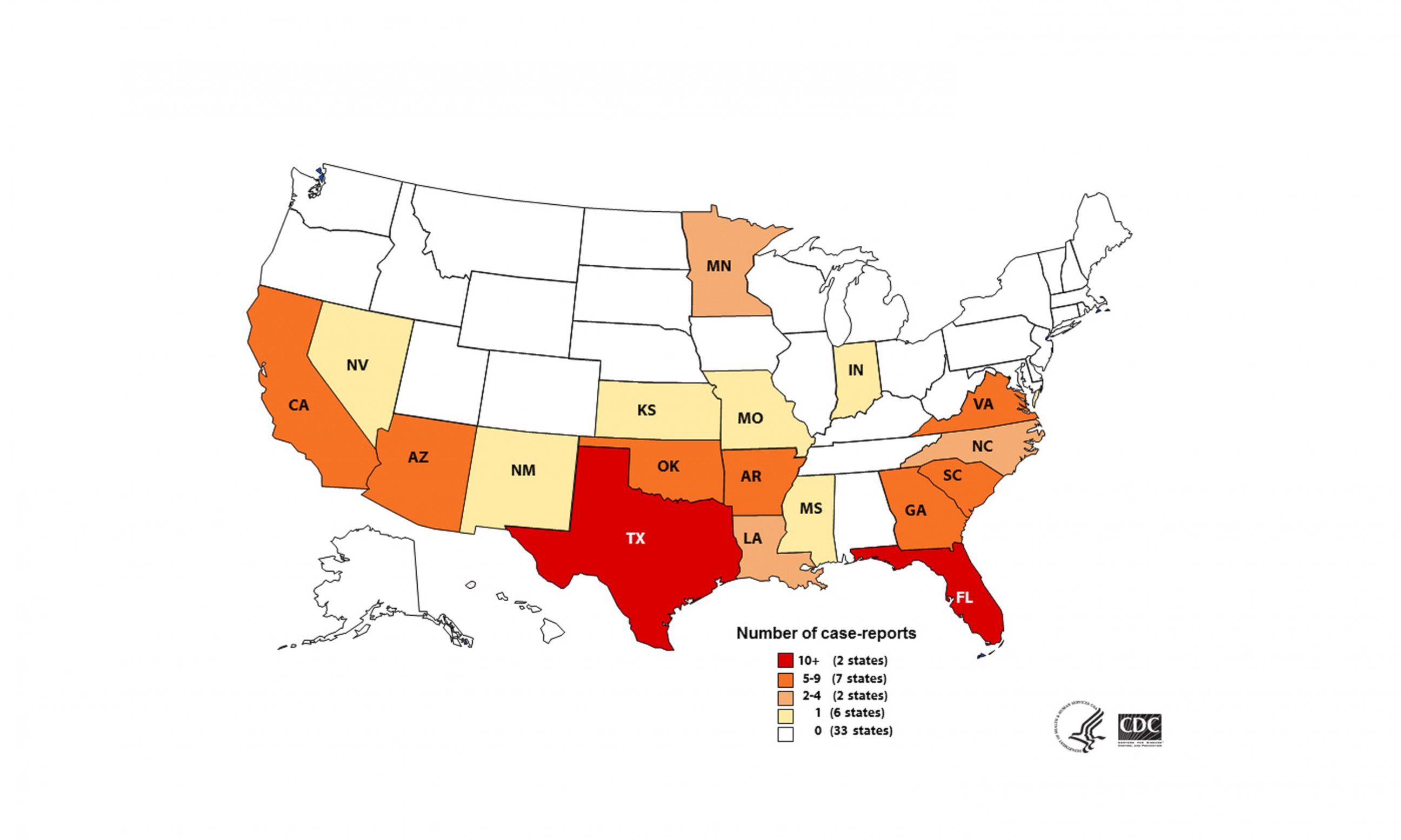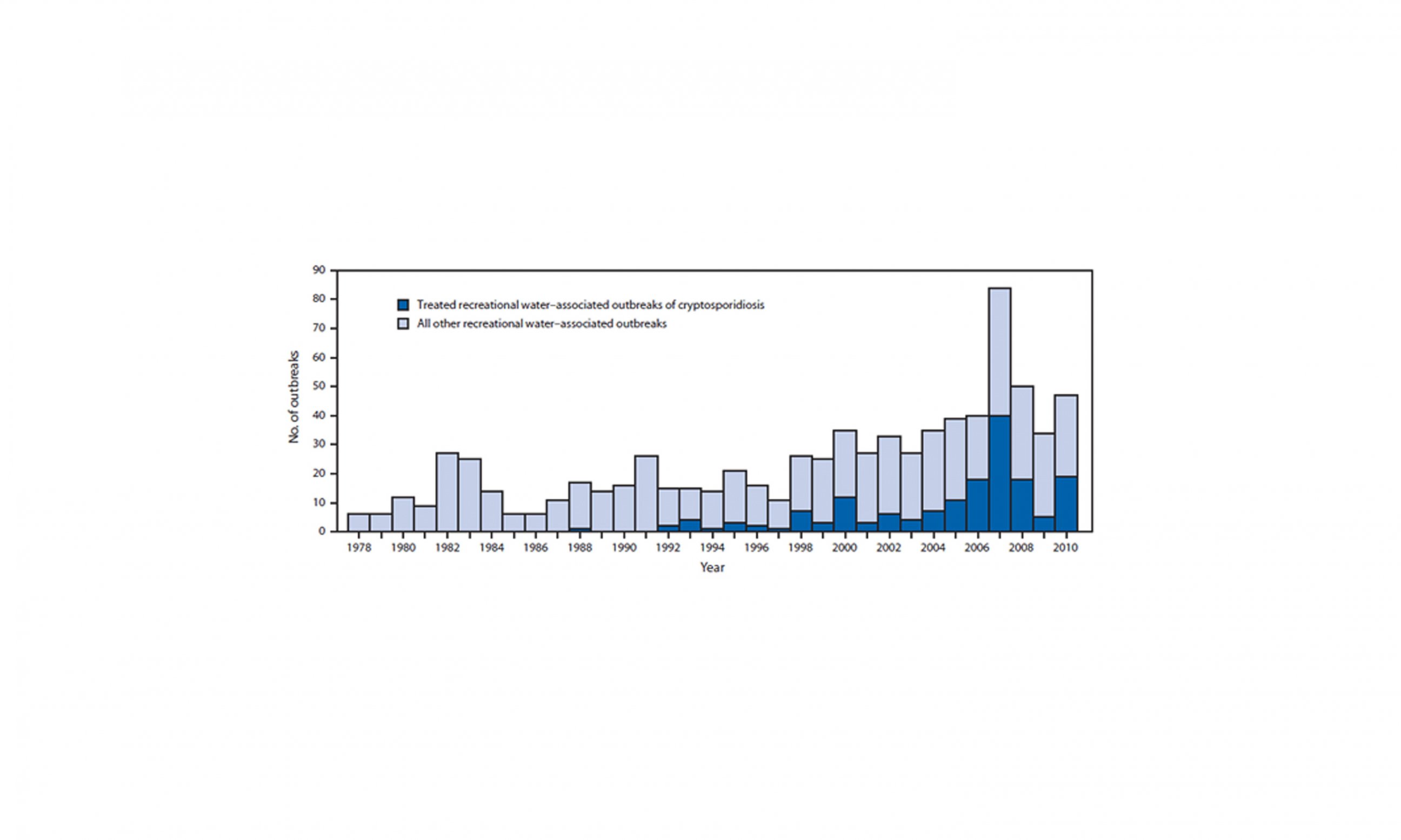How Hotter Summers Are Putting Swimmers at Risk
Waterborne disease outbreaks are on the rise, experts say.

— -- As families flock to pools and lakes to cool off, experts are warning about a risky consequence of climate change: waterborne disease.
Just last week, a 9-year-old girl from Johnson County, Kansas, died from primary amoebic meningoencephalitis, an extremely rare but almost invariably fatal brain infection caused by the freshwater amoeba Naegleria fowleri.
“It’s a heat-loving amoeba,” said Michael Beach, associated director for the U.S. Centers for Disease Control and Prevention’s healthy swimming program. “Naegleria is kind of a classic climate change indicator.”
Girl Killed by Brain-Eating Amoeba Loved the Water
Warm Weather Stirs Up Brain-Eating Amoeba Warning
Mystery Stomach Bug Sickens 202, Shuts Down Washington Lake
Once limited to the southern states -- particularly Texas and Florida -- Naegleria fowleri has been moving north.

“It’s a pretty dramatic shift,” Beach said, citing recent cases in Minnesota and Indiana. “As water temperatures climb, we expect to see infections moving northwards.”
There have been 132 known cases of primary amoebic meningoencephalitis in the U.S., with the average number of cases per year growing from 2.3 before 1998 to 3.7 after, according to CDC data.
Seven of the 10 warmest years on record for the contiguous 48 states have occurred since 1998, according to the U.S. Environmental Protection Agency.
The warmer weather also means more people swimming, raising the risk of bacterial, viral and parasitic infections transmitted through feces, according to Beach.

There were 81 recreational water-associated disease outbreaks reported in 2009 and 2010, according to the latest CDC data. Forty-five of them were caused by bacteria, viruses and parasites. That’s up from 39 outbreaks in 1999 and 2000, 20 of which were associated with pathogens, the agency said.
“Swimming is a communal bathing activity, and a lot of this [disease outbreaks] can be about who you’re swimming next to,” said Beach, describing how pathogens lurking in trace amounts of diarrhea on the skin or in kids’ diapers can get unwittingly swallowed by other swimmers.
This week, health officials in Kitsap County, Washington, closed a lake after more than 200 swimmers reported stomach cramps, nausea and diarrhea. The outbreak has been called “norovirus-like” pending lab test results.
But lakes and rivers aren’t the only source of waterborne infections. The leading cause of recreational water illness, a parasite called cryptosporidium, is “very tolerant to chlorine disinfection,” according to the CDC. That means pools can spread illness, too.
“We’re not saying to not swim. But because you do it with other people, make sure you’re healthy before you get in,” Beach said, stressing the importance of showering before and after swimming. “And minimize how much water you swallow.”
The CDC recommends the following tips for safe summer swimming:
- Avoid getting water up your nose when swimming in warm, freshwater.
- Keep poop, pee and germs out of the water.
- Don't swim if you have diarrhea.
- Shower with soap before taking a dip.
- Wash your hands after using the toilet or changing diapers.
- Check the free chlorine level and pH before getting into the water (click here for the recommended levels)
- Don't swallow the water.




